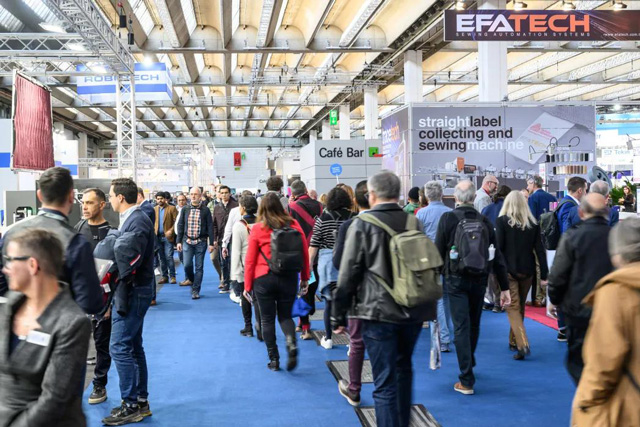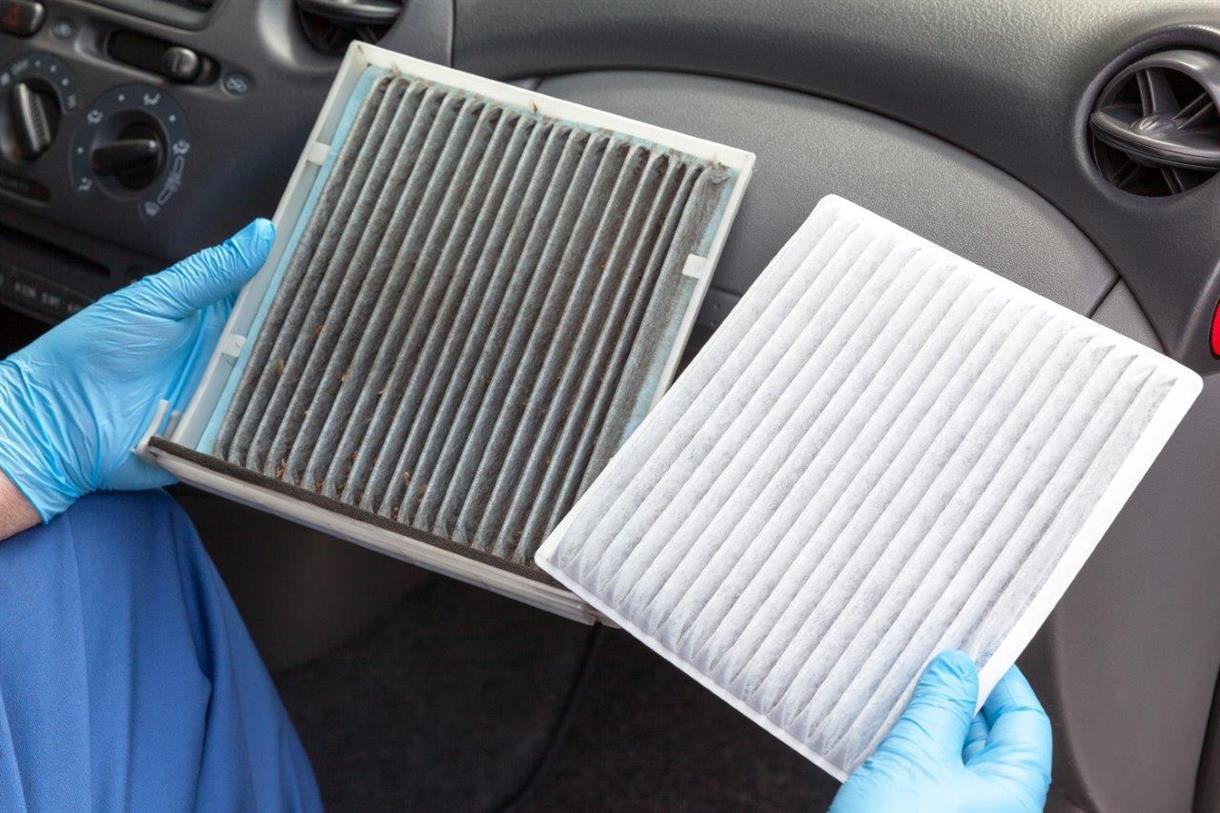There are a lot of friends who buy fabrics in our company, often private letters to ask me knitted and woven in the end what is the difference? Today to give you a detailed understanding of knitted fabrics and their classification.
Knitted fabric is the use of knitting needles to bend the yarn into a circle and string each other and the formation of the fabric. Knitted fabrics are divided into weft-knitted fabric and warp-knitted fabric.


Weft knitted fabrics are firstly knitted horizontally (Widthwise). And it is formed by one continuous yarn that is looped into loops.
Weft knit fabrics are easier to produce, but they are also more prone to falling apart when cut.
Warp knit fabrics are usually lengthwise and are organized in a zigzag pattern, which allows the loops to form two or more consecutive wales. Compared to weft knit fabrics, it is usually flatter and more tightly woven, resulting in less stretch and less run resistant.
1. Stretch. Knitted fabrics are made of yarn bent into a circle and strung into each other. The coil up and down, left and right have a large margin of expansion and contraction, so, has a good elasticity, wearing fit with the body, is comfortable and convenient for the human body to stretch, bending and other requirements of the movement.
2. Softness. Knitted garment fabrics used in the raw material is fluffy and soft, small twist yarn, the surface of the fabric has a layer of tiny velvet, coupled with the loose and porous organization composed of coils, wearing a reduction in the friction between the skin and the surface of the fabric, giving a sense of comfort and gentleness.
3. Moisture absorption and breathability. As the coils of knitted fabrics are strung over each other, countless isolated air pockets are formed inside the fabrics, which have good warmth and breathability. Besides, plant and animal fibers have a certain degree of moisture absorption, especially cotton fabrics, moisture absorption performance is better. So in the summer wearing cotton knitted garments, feel cooler, no stuffy discomfort.
4. Anti-wrinkle. When the knitted fabric is subjected to wrinkle external force, the coil can be transferred to adapt to the deformation of the force; when the wrinkle force disappears, the yarn being transferred can be quickly restored to maintain the original state.
Sweat cloth is composed of continuous loop organization, the front grain is clearer than the back grain, easy to identify.
The cloth surface is smooth, clear grain, fine texture, smooth feel, longitudinal and transverse with good extensibility, and transverse than longitudinal extensibility. Moisture absorption and air permeability is good, but there is disintegration and crimp, and sometimes also produce coil skew phenomenon.
Application


Beaded mesh fabrics are composed of continuous Knit stitch and Tuck stitch, including 4-mode single beaded, 6-mode beaded is characterized by a succession of one forming circle and two collecting circles on the same longitudinal path, 8-mode beaded, twill beaded, sport beaded, and spandex beaded.
Application




Sweatshirt cloth is a kind of knitted fabric, English for French terry, after pulling the wool is called fleece. This kind of knitted fabric is mostly made of displacement pad yarn, so it is called displacement cloth or sweatshirt cloth. Some places called terry cloth, there are some places called fish scale cloth, and there are many varieties, (fish scale cloth, because the back of the cloth is terry, some look like fish scales, so the name) grams generally between 190g/M2-350g/M2.

Ribbed knitted fabrics are knitted fabrics with longitudinal rows of loops formed by a single yarn sequentially on the front and back sides. Ribbed knitted fabrics have the shedding, hemming, and elongation of plain fabrics, as well as greater elasticity.
1x1 rib looks very similar to plain knit, but the rib is loosely constructed, has a bit more elasticity, and generally does not have a front or back side.
While other structures of ribs such as 2x2, 2x1 structure, etc., because of its structure of special characteristics, are easy to distinguish from other fabrics.

Roman fabric is a kind of knitted fabric, weft knitting, double-sided large circular machine. Also called ponte-de-roma, commonly known as chicken cloth. Roman cloth is a cycle of four ways, the cloth surface is not as flat as ordinary double-sided cloth, slightly slight and not too regular horizontal stripes. Fabric horizontal and vertical elasticity are better, but lateral tensile performance is not as good as double-sided cloth, moisture absorption. It is used for making intimate apparel, breathable, soft, and comfortable to wear.
All Rights Reserved: https://www.groupgf.com/info-detail/knitted-fabrics-and-how-it-is-categorized
Copyright Notice: This is an original (translated) article from G&F Group Inc., please indicate the source from G&F GROUP INC... If there is any infringement, please contact us first.
 Techtextil & Texprocess Rounded Off
Techtextil & Texprocess Rounded Off
 Nonwovens in daily life ----- filtration
Nonwovens in daily life ----- filtration
 Nonwovens in daily life ----- automotive
Nonwovens in daily life ----- automotive
 What is SAP – superabsorbent polymers
What is SAP – superabsorbent polymers